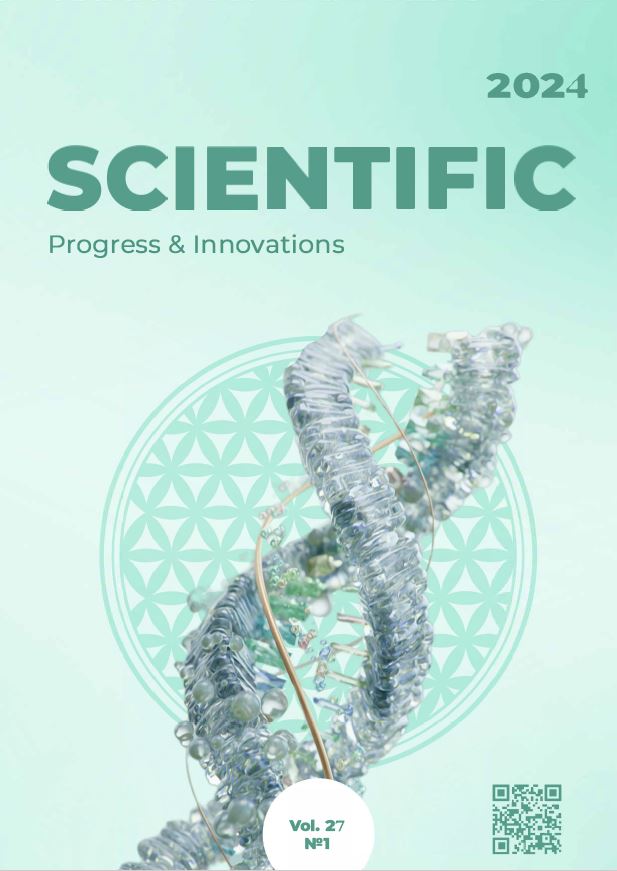Biochemical composition, safety and quality of organic honey
DOI:
https://doi.org/10.31210/spi2024.27.01.34Keywords:
Organic honey, biochemical composition, safety, quality, organic production, standardAbstract
The analysis of the current state of honey production in Ukraine confirms its significant importance in the global market, particularly in Europe. The success of Ukrainian beekeepers is determined not only by expanding export volumes but also by producing safe and high-quality honey, including organic varieties, providing a competitive advantage on the international market. Organic farming in Ukraine is progressing, with an increase in the production of organic products. In recent years, legislative norms and standards have been introduced to regulate organic production, contributing to its active development. The research aimed to characterize the safety and quality indicators of organic honey of various botanical origins. For the study, samples of organic honey from different botanical origins were selected, and the following indicators were determined: organoleptic (color, aroma, taste, consistency, signs of fermentation, crystallization), biochemical (moisture content, diastase activity, acidity, hydroxymethylfurfural content, proline), toxicological (content of toxic elements, pesticides, radionuclides) and pollen analysis. The pollen analysis revealed that the honey's origin was monofloral buckwheat (47 % buckwheat pollen) and polyfloral meadow (pollen grains from various species of meadow plants). The moisture content complied with national standards and regulations. The mass fraction of reducing sugars averaged 78.4 % for buckwheat honey and 81.3 % for polyfloral meadow honey. The diastase number of buckwheat honey exceeded that of polyfloral honey by 1.5 times (p≤0.05). The proline content in polyfloral honey was 1.3 times lower than in buckwheat honey (p≤0.05). Qualitative tests for the presence of honey adulteration indicated its absence in both buckwheat and polyfloral honey. The acidity of polyfloral honey was 1.3 times higher than the acidity of buckwheat honey (p≤0.05). An analysis of hydroxymethylfurfural content revealed an increase in polyfloral honey samples (p≤0.05). All samples met the requirements of national standards, regulations, and European norms. The compliance of safety indicators ensures that the honey product meets established standards and does not contain harmful substances or microorganisms that could affect consumer health. This aspect is crucial for maintaining consumer trust in honey as a safe and high-quality food product. Safety requirements include controlling production processes and honey storage, as well as adhering to norms and standards aimed at protecting consumer health. The research results indicate the absence of pesticides, heavy metals, and radionuclides in honey.

 Creative Commons Attribution 4.0 International Licens
Creative Commons Attribution 4.0 International Licens